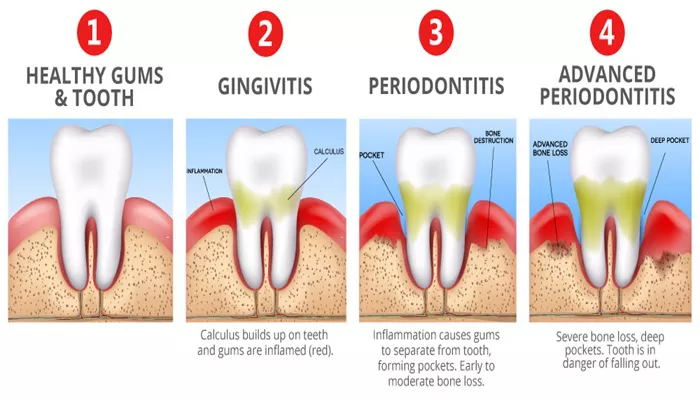KAUNAS, LITHUANIA — A pioneering study underway in Kaunas, Lithuania, is exploring a new light-activated therapy for treating advanced periodontitis. The research, titled “Regular Home-Use of Dual-Light Photodynamic Therapy in Managing Chronic Stage III-IV Periodontitis” (LumoKaunas2023), began in August 2023 with the goal of assessing the effectiveness of a novel antibacterial treatment for severe gum disease.
The study is led by Associate Professor Ingrida Pacauskiené, supported by Prof Vita Mačiulskienė, Dr. Renata Šadzevičienė, and dentist Raimonda Guntulytė. It focuses on the Lumoral device, which uses a combination of mouthwash and antibacterial light therapy to treat chronic, advanced periodontitis. Of the 60 participants planned for the trial, 38 have already been enrolled.
Developed by Finnish scientists, the Lumoral device targets harmful bacteria in the mouth through a specialized antibacterial light therapy. While previous studies, including the HOPE-CP trial, showed promising results in treating early-stage periodontitis, the LumoKaunas2023 study aims to evaluate its potential in treating more severe cases.
Periodontitis is a serious dental condition that causes inflammation and damage to the gums and surrounding tissues. If left untreated, it can lead to tooth loss and even systemic infections. Light-activated therapies like Lumoral are emerging as a potential solution to manage these risks.
Mikko Kylmänen, clinical research project manager at Koite Health Oy, which is overseeing the trial, noted, “The LumoKaunas2023 study is assessing whether this innovative therapy can effectively treat advanced periodontitis.” The study is being closely monitored by Insuvia UAB to ensure high-quality results.
Earlier research, including the HOPE-CP study, highlighted the effectiveness of Lumoral for early-stage periodontitis. In that trial, participants who used the Lumoral device showed a 54% healing rate for gum inflammation, compared to just 22% in the control group. Additionally, 67% of Lumoral users saw a significant reduction in deep gum pockets, with some eliminating them entirely.
Dr. Tommi Pätilä, a heart surgeon and developer of Lumoral, explained that the device’s ability to regularly remove bacteria from dental plaque can greatly improve oral hygiene and help treat gum disease. “The evidence strongly supports the idea that consistent bacterial removal can lead to better oral health outcomes,” he said.
The LumoKaunas2023 study is set to conclude by early autumn 2025. Researchers are hopeful that the findings will provide valuable insights into how Lumoral can improve treatment for patients with severe periodontitis.
In addition to enhancing oral hygiene and reducing the risk of infection, the Lumoral device offers a cost-effective, at-home solution to complement professional dental treatments. Dr. Pätilä emphasized that this could help alleviate pressure on dental care systems by reducing the need for extensive in-clinic procedures.
Related topics:
- BDC Hosts Inaugural Workshop on Pediatric Dentistry
- New Redding Dentist Office Focuses on Preventing Tooth Decay in Children
- Oral Arguments Scheduled for December 16 on Motion to Dismiss Suboxone Tooth Decay Lawsuits

